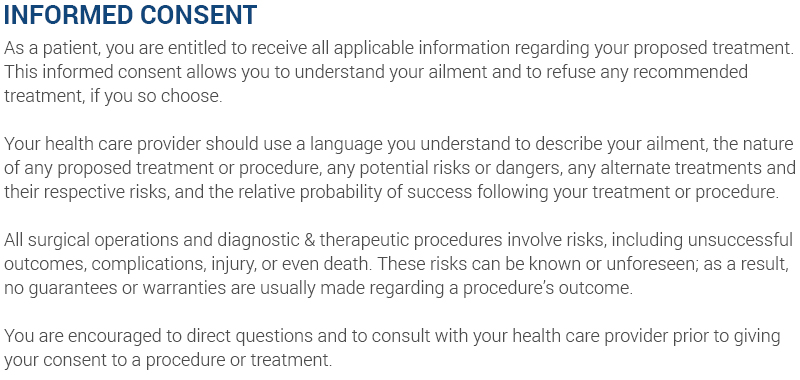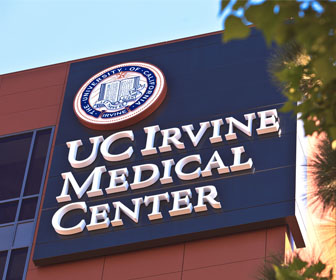During hysteroscopy, uterine adhesions or scar tissue inside the uterus are cut away. This procedure is performed by inserting a surgical instrument through a hysteroscope, a lighted tube that has a device similar to a microscope on one end. This allows the surgeon to see inside the uterus. In some cases, an inflated balloon is placed in the uterus for a few days in order to prevent recurrent adhesions following the procedure.
Also Known As:
Conditions Treated with Hysteroscopy:
Hysteroscopy is performed in order to treat conditions such as uterine polyps, uterine fibroids, infertility, and Asherman syndrome.
Non-surgical alternatives to hysteroscopy include taking gonadotropin-releasing hormone agonists, implanting an intrauterine device with contraceptives and taking oral contraceptive pills to treat fibroids.
Anesthesia with Hysteroscopy:
Hysteroscopy can be performed under either local or general anesthesia.
Potential Complications from Hysteroscopy:
Possible risks following hysteroscopy include infection, bleeding and a negative reaction to the anesthesia that is used. It is also possible for the uterus to be injured during the procedure or for uterine adhesions to return.
Prognosis after Hysteroscopy:
The prognosis for a positive end result following hysteroscopy is good, however, uterine adhesions can recur.



.jpg&h=350)
.jpg&h=343)






.jpg&w=300&h=320)
.jpg&w=300&h=320)
.jpg&w=300&h=320)

















